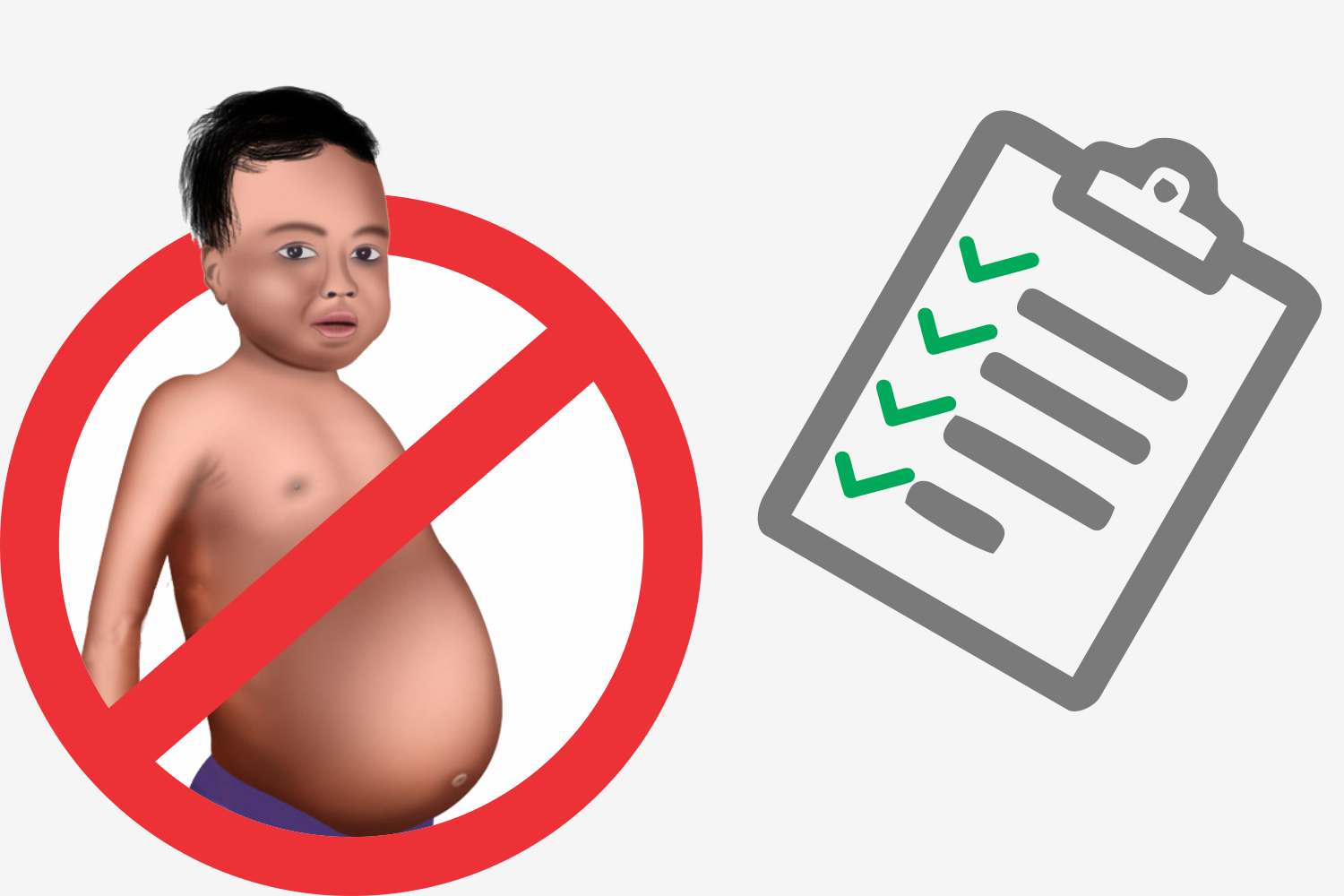Kala-azar, also known as visceral leishmaniasis (VL), has been a significant public health issue in India. Kala-azar is characterized by recurrent fevers, weight loss, spleen and liver enlargement, and anemia. Most cases are found in Brazil, East Africa, and India. Every year, an estimated 50 000 to 90 000 new cases are reported to the World Health Organization (WHO).
Kala-azar is still one of the most dangerous parasite infections in terms of outbreaks and death. In 2019, ten countries accounted for more than 90% of new cases reported to WHO: Brazil, Eritrea, Ethiopia, India, Iraq, Kenya, Nepal, Somalia, South Sudan, and Sudan.
In India, the following states are still considered endemic for Kala-azar-:
- Bihar (33 districts, 458 blocks),
- Jharkhand (4 districts, 33 blocks),
- West Bengal (11 districts, 120 blocks)
- Uttar Pradesh (33 districts, 458 blocks)
In this article, we will observe eliminating strategies of Kala-azar in India.
National Kala-azar Elimination Programme
In 1990-91, the Government of India (GOI) initiated a centrally supported Kala-azar Control Program in the endemic states, concerned about the growing problem of Kala-azar in the country. The Government of India funded medications, insecticides, and technical assistance, while state governments covered implementation costs. At State/District, Malaria Control Offices and the primary health care system were used to carry out the program. The initiative significantly reduced Kala-azar morbidity, but it could not maintain the reduction rate for long.
The National Health Policy of 2002 targeted eliminating Kala-azar in India by 2010, which was then updated to 2015. India and Nepal have signed a Tripartite Memorandum of Understanding (MoU), and Bangladesh will stop Kala-azar from the South-East Asia Region, continuing targeted activities with significant political commitment (SEAR).
Strategy for Elimination
The national strategy for Kala-azar eradication is a multi-pronged approach that follows the WHO Regional Strategic Framework for Kala-azar eradication in the South-East Asia Region (2011-2015) and includes:
Step 1. Early detection and comprehensive case management
Step 2. Vector Surveillance and Integrated Vector Management
Step 3. Monitoring, surveillance, and assessment
Step 4. Strengthening human resource capabilities in the health sector
Step 5. Advocacy, communication, and social mobilization for behavioral change and cross-sector collaboration
Step 6. Management of the program
Future challenges
There may be a possibility of a resurgence of kala-azar; caution is advised. In addition, because the initiative did not aim for “pathogen eradication,” the threat of transmission remains forever. This makes evaluating the impact of disease-control treatments challenging, as the lower trend could be due to the disease’s “natural” variability. Finally, another visible threat is that communities that formerly had some herd immunity may be gradually becoming entirely vulnerable.
The rise in post- kala-azar cutaneous leishmaniasis and the advent of HIV coinfection are still alarming. Patients with these disorders may act as infection reservoirs, allowing the transmission to continue even after the eradication targets have been met. As treatments for the diseases are not achieved, the threat persists.
Conclusion
Kala-azar is a notorious parasitic disease transmitted by an infected female sandfly bite. Since ancient times, Kala-azar has been a severe medical and public health issue in India. Bengal and Bihar are the world’s oldest recognized Kala-azar endemic regions. In the endemic states, the Government of India (GOI) initiated a centrally financed Kala-azar control effort in 1990-91. Strategies for elimination devised by WHO successfully eradicated the disease; however, future threats persist because the pathogen is not removed permanently.
References
- https://nvbdcp.gov.in/index4.php?lang=1&level=0&linkid=469&lid=3752#:~:text=The%20current%20strategy%20is%20to,in%20villages%20reporting%20KA%20cases
- https://www.who.int/news/item/29-07-2021-visceral-leishmaniasis-elimination-india-gears-up-to-overcome-last-mile-challenges
- https://www.ncbi.nlm.nih.gov/pmc/articles/PMC8224153/
- https://www.ncbi.nlm.nih.gov/pmc/articles/PMC7224556/
- https://www.nhp.gov.in/kala-azar-elimination-programme_pg
- https://www.bmj.com/content/bmj/364/bmj.k5224.full.pdf


